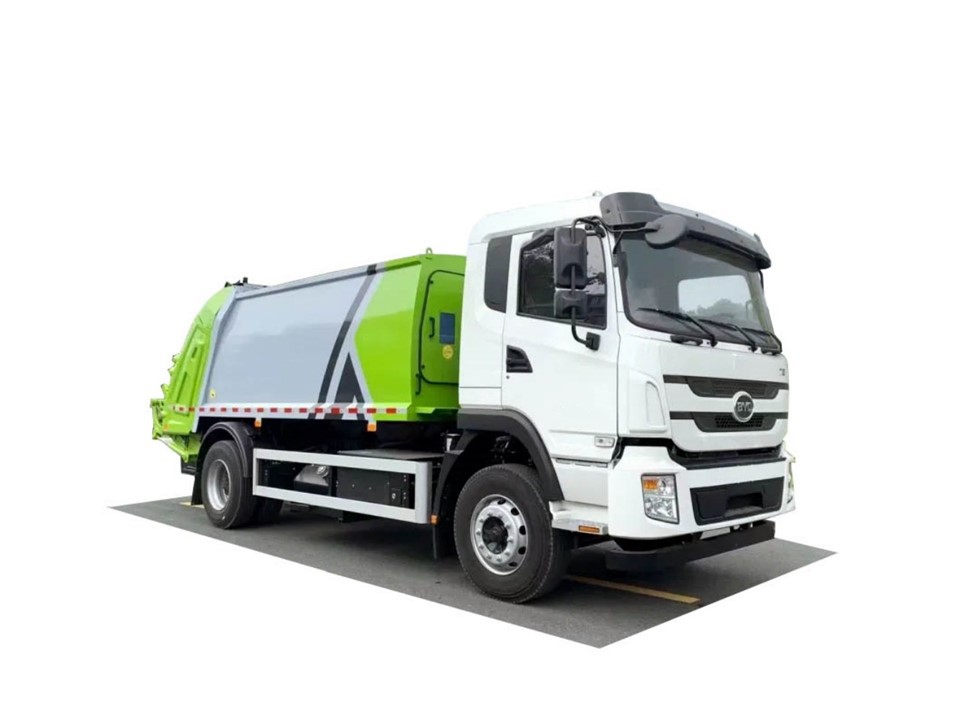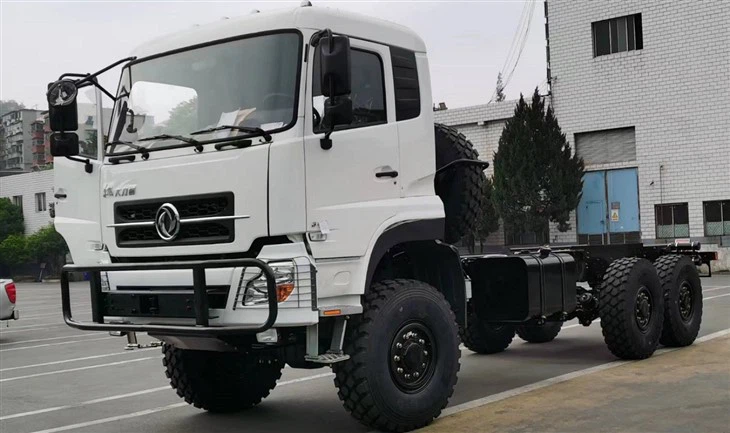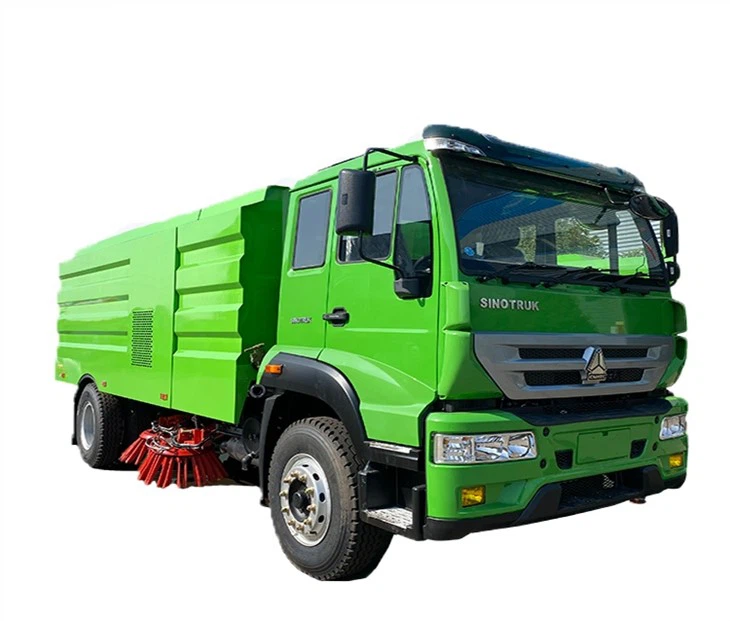Everything You Need to Know About Garbage Truck Rear Loaders

Introduction
Garbage truck rear loaders play a crucial role in waste management, helping cities and municipalities keep their environments clean and safe. These specialized vehicles are designed to efficiently collect waste from residential and commercial areas. In this article, we will dive into the various aspects of garbage truck rear loaders, including their design, operational benefits, challenges, and best practices for maintenance and use. Whether you’re in the waste management industry or simply curious about these vehicles, this comprehensive guide will help you understand everything there is to know about garbage truck rear loaders.
1. What is a Garbage Truck Rear Loader?
A garbage truck rear loader is a type of waste collection vehicle that has a design specifically aimed at loading waste into the rear compartment. This method differs from front loaders, which lift bins from the front, and side loaders, which collect waste from the side. Rear loaders have a large opening at the back, allowing for easy access when waste is being collected manually by sanitation workers or automatically through the use of robotic arms.
1.1 Features of Rear Loaders
- Compaction Features: Most rear loaders come equipped with hydraulic systems that compact waste to maximize space efficiency.
- Storage Capacity: They can hold a significant amount of waste, often ranging from 10 to 40 cubic yards.
- Accessibility: Designed for urban residential areas, they navigate narrow streets and tight spaces efficiently.
1.2 Types of Rear Loaders
| Type | Description |
|---|---|
| Side-Loader | Has an automated mechanism that lifts bins from the side for easier collection. |
| Manual Rear Loader | Sanitation workers manually load waste into the truck. |
| Automated Rear Loader | Uses robotic arms to assist in loading waste into the truck. |
2. Advantages of Using Rear Loaders
Garbage truck rear loaders come with a variety of advantages that make them a popular choice in waste management. Here are some key benefits.
2.1 Increased Efficiency
Rear loaders allow for faster collection times, as operators can work from the back of the vehicle. This design allows for streamlined operations, especially in crowded urban environments.
2.2 Improved Safety
The rear loading mechanism reduces the need for workers to step into the street while collecting garbage, lowering the risk of accidents.

2.3 Versatility
Various rear loader models can adapt to different waste types and sizes, making them suitable for residential areas as well as commercial waste disposal.
3. How Do Rear Loaders Operate?
Understanding how garbage truck rear loaders operate can help in managing expectations regarding waste collection schedules and efficiency. Here’s an overview:
3.1 Collection Process
- The truck arrives at the designated collection point.
- Sanitation workers unload waste into the truck’s rear.
- The compaction system is activated to compress the waste for maximum storage.
- The truck moves on to the next collection point.
3.2 Loading Mechanisms
- Mechanical: Some trucks employ mechanical arms for automated loading.
- Manual: Workers use specialized tools to lift bags and bins into the truck.
4. Maintenance Tips for Garbage Truck Rear Loaders
Proper maintenance is key for ensuring the longevity and efficiency of garbage truck rear loaders. Below are essential tips:
4.1 Regular Inspections
Weekly inspections should cover the following:
- Fluid levels (oil, hydraulic fluid, etc.)
- Tire conditions and air pressure
- Operational components (e.g., compaction mechanism, loading arms)
4.2 Cleaning Procedures
Clean the truck regularly to avoid malodors and maintain hygiene. This includes:
- Flushing the waste compartment
- Cleaning the exterior
- Removing any residual waste stuck to surfaces
4.3 Scheduled Maintenance
Follow the manufacturer’s guidelines for scheduled maintenance to keep the truck in optimal running condition. This includes:
- Replacing filters and fluids
- Inspecting and changing brake pads
- Calibrating mechanical components
5. Challenges Faced in Rear Loader Operations
Despite their numerous benefits, rear loaders also face some challenges. Understanding these can help organizations manage operational hurdles.
5.1 Limited Speed in Congested Areas
Although rear loaders are efficient, their operational speed can decline in dense urban settings due to traffic and pedestrian crossings.
5.2 Wear and Tear
Due to the heavy-duty nature of garbage collection, rear loaders can experience significant wear and tear, impacting performance and requiring frequent maintenance.
5.3 Climbing Steep Grades
Rear loaders are sometimes unable to effectively operate on steep inclines, making them less suitable for certain areas.
6. Innovations in Garbage Truck Rear Loaders
The garbage collection industry is continuously evolving, leading to new innovations in rear loader design and functionality. Here are some notable advancements:

6.1 Smart Technology Integration
Modern rear loaders can be equipped with GPS and route optimization software to enhance operational efficiency.
6.2 Alternative Fuel Options
Electric and hybrid models of rear loaders are being developed to reduce carbon footprints and operating costs.
6.3 Safety Features
Newer models incorporate advanced safety features such as backup cameras, automatic braking systems, and collision avoidance technology.
7. Practical Examples of Rear Loader Applications
Various municipalities and companies have effectively implemented rear loader garbage trucks. Here are a few practical examples:
7.1 Urban Waste Collection
Many large cities, such as New York City and Los Angeles, utilize rear loaders in their waste collection fleets to navigate narrow streets and alleys, ensuring that even hard-to-reach areas receive regular service.
7.2 Commercial Applications

Many businesses, including hotels and hospitals, utilize rear loaders for bulk waste disposal, benefiting from their large storage capacity and efficient operation.
7.3 Specialty Services
Some companies offer specialized waste collected using rear loaders, including hazardous waste or electronic waste, allowing them to cater to niche markets.
8. Environmental Impact of Using Rear Loaders
The choice of vehicle in waste management plays a critical role in environmental conservation. Rear loaders, especially those incorporating green technologies, present an array of benefits.
8.1 Reducing Carbon Footprint
With advancements in electric and hybrid models, rear loaders contribute to lower emissions during waste collection operations.
8.2 Waste Compaction
Efficient waste compaction reduces trips to transfer stations, thereby minimizing fuel consumption and overall carbon emissions.
8.3 Recycling Initiatives
Some rear loaders can integrate systems for separating recyclables, allowing municipalities to promote recycling efforts more effectively.
9. Conclusion
Garbage truck rear loaders are integral to efficient waste management in urban and rural settings alike. Their design, operational advantages, and ongoing innovations underscore their importance in maintaining clean environments. Understanding their functions and challenges can help ensure effective waste management practices for future generations.
FAQ Section
1. What is the average lifespan of a garbage truck rear loader?
The lifespan of a rear loader typically ranges from 10 to 15 years, depending on maintenance and usage.
2. How much does a rear loader garbage truck cost?
The cost of a new rear loader can vary significantly, ranging from $200,000 to $400,000, depending on the model and features.
3. Can rear loaders handle recyclables?
Yes, many rear loaders can be equipped with dual compartments to separate recyclables from general waste, aiding in recycling efforts.
4. How are rear loaders operated?
Rear loaders can be operated manually or automatically, depending on the model. Workers either load waste directly into the rear or use robotic arms for automation.
5. What features should I look for when purchasing a rear loader?
Consider factors such as compaction capability, storage capacity, ease of operation, maintenance requirements, and technology integration.
6. Are rear loaders suitable for rural areas?
Rear loaders can be used in rural areas, although the choice may depend on the specific waste collection needs of the community.
